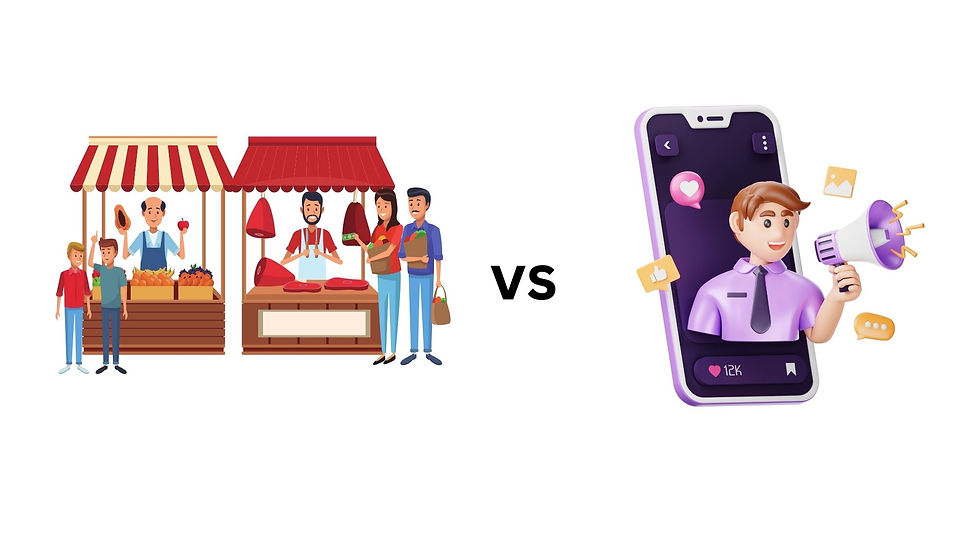Why Research Before Adopting AI in Photography?
- Juneffer Binti Sabastian Goh
- Jun 8
- 3 min read

The world of photography is buzzing with the potential of AI. Tools promising magical image enhancement, effortless object removal, lightning-fast culling, and even the generation of entirely new visual elements are emerging almost daily.
It's incredibly tempting to see a demo, get swept up in the hype, and immediately integrate a shiny new AI tool into your core workflow. However, diving headfirst into adopting any new methodology, especially one as transformative and complex as AI, without thorough research is like setting off on an expedition without a map.
Research isn't a boring prelude; it's the essential foundation that ensures your journey with AI leads to genuine elevation, not costly detours or creative dead ends.
First and foremost, research is crucial for understanding any AI tool's capabilities and, perhaps more importantly, its limitations. Marketing materials and viral social media posts often showcase the best-case scenarios – flawless skin retouching, perfect sky replacements, or astonishingly realistic generated elements.
They rarely show artifacts, strange distortions, inconsistent results on complex images, or the times the AI fails to understand the photographer's intent. Researching independent reviews, user forums, and case studies, and ideally testing the tool yourself with your typical images, reveals these limitations.
Knowing where a tool excels and where it stumbles prevents you from relying on it for critical tasks it can't handle reliably, saving you immense frustration and potential client dissatisfaction down the line. You learn whether it's a precision scalpel for specific needs or a broad, sometimes clumsy, brush.

Beyond functionality, research is vital for navigating the ethical and stylistic minefield surrounding AI in photography. Questions about copyright, ownership of AI-generated elements, and the authenticity of an image are hotly debated and legally murky.
Different tools have vastly different terms of service regarding who owns the output or the data used to train them. Researching these aspects protects you lawfully and ethically. Furthermore, AI tools often carry inherent stylistic biases based on their training data.
Unthinkingly applying an AI "look" – hyper-smooth skin, overly saturated landscapes, or a particular bokeh simulation – can quickly homogenize your work, stripping away your unique visual voice.
Research helps you identify tools that offer control and customization, allowing you to leverage AI as an assistant that enhances your vision, not dictates it. You understand the aesthetic footprint of the tool and whether it aligns with your brand.
Finally, research is simply practical and economical. The AI landscape is volatile. New tools emerge, existing ones evolve rapidly, pricing models shift, and some vanish altogether. Investing significant time in mastering one tool only to find a fundamentally better or cheaper alternative weeks later is inefficient and costly.

Research allows you to compare features, pricing (beware of subscription creep!), integration with your existing software (like Lightroom or Capture One), and long-term viability. It helps you identify tools that solve your pain points rather than just chasing the latest trend.
Does it genuinely save you hours on culling, or does it create more work checking its selections? Does its upscaling deliver usable quality for large prints? Research answers these questions before you commit valuable resources – both financial and temporal.
Integrating AI into photography isn't a question of if but how. Skipping the research phase might feel like saving time, but it's a shortcut that often leads to wasted effort, compromised results, ethical quandaries, and financial loss.

Taking the time to thoroughly investigate, test, and critically evaluate potential AI tools is an investment in your craft, business, and artistic integrity. It transforms AI from a potentially disruptive gamble into a powerful, controlled asset.
Don't just dive into the AI pool; first, research the depth and temperature and ensure it's the right pool for you. Your photography and peace of mind will thank you for it.



Comments